-
 Bitcoin
Bitcoin $108,338.0981
-0.13% -
 Ethereum
Ethereum $2,566.4077
1.16% -
 Tether USDt
Tether USDt $1.0001
-0.01% -
 XRP
XRP $2.2841
-2.59% -
 BNB
BNB $658.5241
-0.17% -
 Solana
Solana $150.3819
-1.08% -
 USDC
USDC $0.9999
-0.01% -
 TRON
TRON $0.2864
-0.24% -
 Dogecoin
Dogecoin $0.1694
0.24% -
 Cardano
Cardano $0.5813
-0.72% -
 Hyperliquid
Hyperliquid $37.8292
-4.60% -
 Bitcoin Cash
Bitcoin Cash $503.3593
1.69% -
 Sui
Sui $2.8784
-0.69% -
 Chainlink
Chainlink $13.4784
-0.43% -
 UNUS SED LEO
UNUS SED LEO $9.0793
-0.27% -
 Stellar
Stellar $0.2537
-0.41% -
 Avalanche
Avalanche $18.0047
-0.23% -
 Shiba Inu
Shiba Inu $0.0...01181
1.56% -
 Hedera
Hedera $0.1608
0.49% -
 Toncoin
Toncoin $2.7568
-0.93% -
 Litecoin
Litecoin $86.4121
-0.20% -
 Monero
Monero $313.7273
-0.86% -
 Polkadot
Polkadot $3.3715
-0.66% -
 Dai
Dai $1.0001
0.01% -
 Ethena USDe
Ethena USDe $1.0004
0.03% -
 Bitget Token
Bitget Token $4.2902
-0.54% -
 Uniswap
Uniswap $7.5361
2.73% -
 Aave
Aave $285.6090
-0.55% -
 Pepe
Pepe $0.0...09958
0.28% -
 Pi
Pi $0.4560
-0.65%
Is Trust Wallet non-custodial?
2025/07/08 19:29
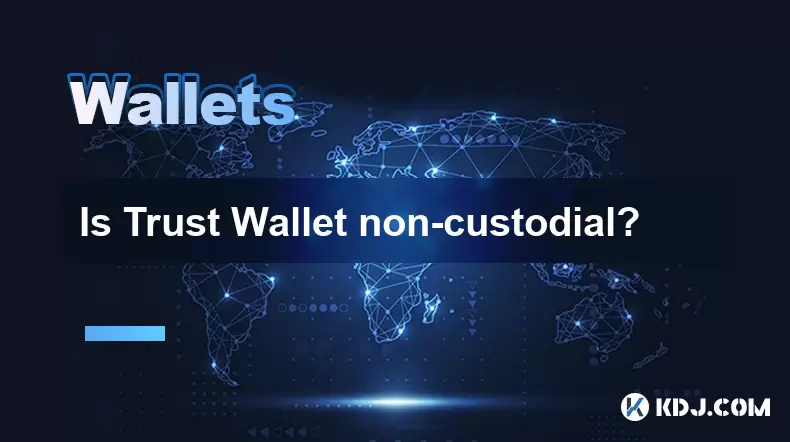
What Is a Non-Custodial Wallet?
A non-custodial wallet refers to a digital wallet where the user maintains full control over their private keys. This means that no third party, including the wallet provider itself, has access to the user's funds or data. In contrast, custodial wallets are managed by service providers who hold the private keys on behalf of users, which can pose risks if the provider is hacked or mismanages assets.
Trust Wallet classifies itself as a non-custodial wallet, meaning that when you create an account, you are given a recovery phrase and private key that only you have access to. The wallet does not store your private keys on its servers, ensuring that you alone are responsible for your cryptocurrency holdings.
This distinction is crucial because it directly affects the level of security and autonomy users have over their digital assets.
How Trust Wallet Implements Non-Custodial Features
Trust Wallet ensures non-custodial functionality through several core mechanisms:
- Private Key Storage: When you set up Trust Wallet, a unique recovery phrase (typically 12 words) is generated locally on your device. This phrase allows you to restore your wallet on any other device without relying on Trust Wallet’s servers.
- No Server-Side Access: Trust Wallet does not store your private keys or recovery phrases. Even if the company wanted to access your funds, they wouldn’t be able to due to the decentralized nature of the wallet.
- User Control: Every transaction must be signed using the private key stored locally on your device. Trust Wallet never signs transactions on your behalf.
These features confirm that Trust Wallet operates in a truly non-custodial manner, giving users complete control over their funds.
Recovery Phrase and Security Considerations
When setting up Trust Wallet, you will be prompted to write down and securely store a recovery phrase. This phrase is the cornerstone of your wallet's security model. Since Trust Wallet is non-custodial, losing this phrase means permanent loss of access to your funds.
It's important to:
- Store It Offline: Use a physical medium like paper or a hardware wallet backup solution.
- Avoid Digital Copies: Saving the recovery phrase on cloud services or unencrypted devices exposes it to potential breaches.
- Never Share It: No one from Trust Wallet or any legitimate service should ever ask for your recovery phrase.
Failure to properly safeguard the recovery phrase could result in irreversible loss of funds.
Differences Between Trust Wallet and Custodial Wallets
Many popular crypto wallets operate under a custodial model. These include platforms like Binance, Coinbase, and Gemini, where users deposit funds into accounts managed by the platform. While convenient, custodial wallets introduce counterparty risk — if the platform is compromised, your funds may be at risk.
In contrast, Trust Wallet offers:
- Decentralized Control: You are your own bank. There’s no central authority managing your funds.
- Transparent Architecture: Trust Wallet is open-source, allowing developers and security experts to audit its code.
- Interoperability: It supports multiple blockchains and tokens, enabling users to manage various assets in one place.
This makes Trust Wallet a preferred option for users who prioritize security and independence over convenience.
Trust Wallet Integration with Decentralized Applications (DApps)
One of the significant advantages of Trust Wallet being non-custodial is its seamless integration with decentralized applications. DApps built on Ethereum, Binance Smart Chain, and other blockchain networks require direct interaction with users' wallets.
With Trust Wallet:
- Direct Interaction: You can connect your wallet to DApps without exposing your private keys.
- Transaction Signing: All interactions are signed locally before being broadcasted to the blockchain.
- No Third-Party Approval: Transactions do not require approval from Trust Wallet or any centralized entity.
This capability empowers users to participate in DeFi, NFT markets, and other decentralized ecosystems without compromising control over their funds.
Frequently Asked Questions
Can Trust Wallet view my transaction history?
No, Trust Wallet cannot view your transaction history because it does not store your private keys or track your activity. All data remains local to your device unless you choose to share it.
Is Trust Wallet safe if someone gains access to my phone?
If someone physically accesses your phone and knows your wallet password or has access to your recovery phrase, they can potentially drain your funds. It's essential to use strong device-level security measures such as biometric locks and secure passwords.
What happens if Trust Wallet gets shut down?
Since Trust Wallet is non-custodial, shutting it down would not affect your ability to access your funds. You can import your recovery phrase into another compatible wallet and continue managing your assets.
Does Trust Wallet support hardware wallet integration?
Yes, Trust Wallet supports integration with hardware wallets like Ledger via Bluetooth or USB connections, enhancing security by keeping private keys offline while still allowing easy access to blockchain networks.
부인 성명:info@kdj.com
제공된 정보는 거래 조언이 아닙니다. kdj.com은 이 기사에 제공된 정보를 기반으로 이루어진 투자에 대해 어떠한 책임도 지지 않습니다. 암호화폐는 변동성이 매우 높으므로 철저한 조사 후 신중하게 투자하는 것이 좋습니다!
본 웹사이트에 사용된 내용이 귀하의 저작권을 침해한다고 판단되는 경우, 즉시 당사(info@kdj.com)로 연락주시면 즉시 삭제하도록 하겠습니다.
- Onyxcoin (XCN) vs. Solana (Sol) : 암호화 게임에서 유망한 베팅?
- 2025-07-09 00:30:12
- Coreweave의 대담한 베팅 : AI가 비트 코인 채굴을 재구성하는 방법
- 2025-07-09 00:30:12
- Coinbase (Coin) IPO 플래시백 : 랠리가 과도하게 확장 되었습니까?
- 2025-07-08 22:50:12
- Bitcoin Price, Elon Musk 및 Btcbull : 낙관적 인 Trifecta?
- 2025-07-09 00:10:12
- Toonie Trouble : 전문가처럼 가짜를 발견합니다
- 2025-07-08 22:50:12
- Coinbase, Crypto Stocks 및 Ozak AI : Web3 Wave in Style 타기
- 2025-07-08 23:10:14
관련 지식
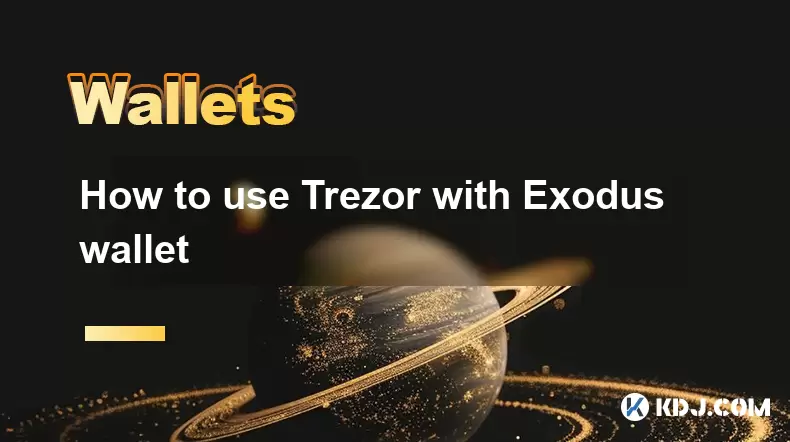
Exodus 지갑과 함께 Trezor를 사용하는 방법
2025-07-09 00:49:34
Trezor 하드웨어 지갑을 Exodus 소프트웨어 지갑에 연결합니다 Exodus 지갑 과 함께 Trezor를 사용하려면 사용자는 하드웨어 지갑을 Exodus가 제공하는 소프트웨어 인터페이스에 연결해야합니다. 이 통합은 사용자 친화적 인 인터페이스를 통해 디지털 자산을...
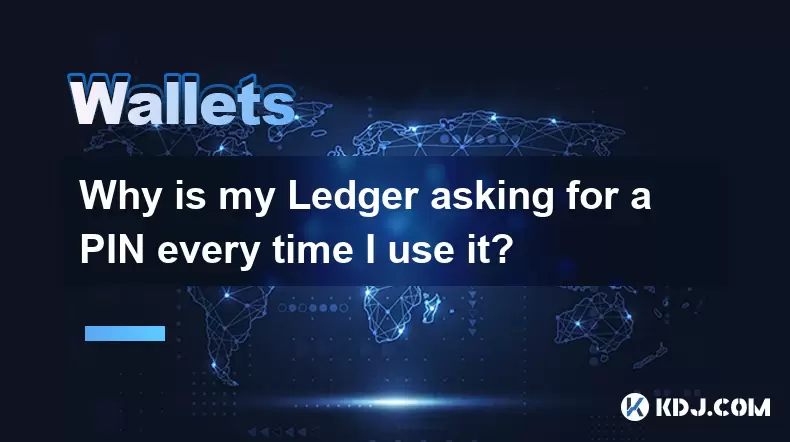
원장이 핀을 사용할 때마다 핀을 요구하는 이유는 무엇입니까?
2025-07-08 23:21:50
원장 장치의 PIN 목적 이해 PIN (개인 식별 번호) 은 모든 원장 하드웨어 지갑에 내장 된 중요한 보안 기능입니다. 주요 기능은 장치를 무단 액세스로부터 보호하는 것입니다. 원장을 처음 설정하면 Cryptocurrency holdings의 첫 번째 방어 계층 역할...
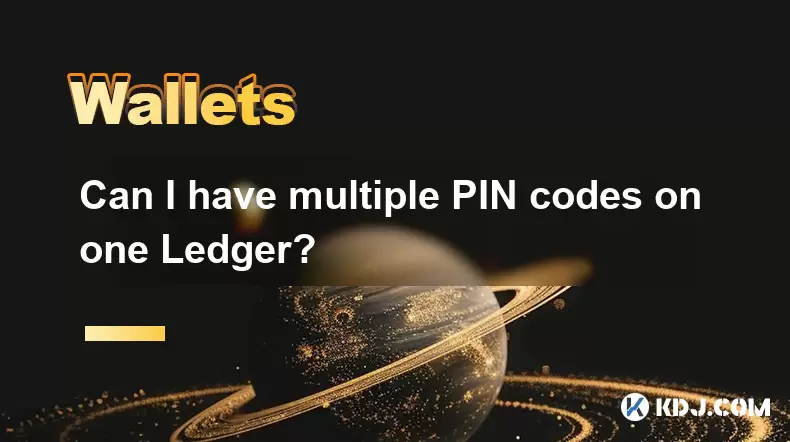
한 원장에 여러 핀 코드를 가질 수 있습니까?
2025-07-09 00:35:18
분산 거래소의 기본 이해 (DEXS) 분산 교환 또는 DEX는 중앙 권한없이 운영되는 유형의 암호 화폐 거래 플랫폼입니다. 기존 중앙 집중식 거래소 (CEX)와 달리 DEXS는 사용자가 자금을 거래소 자체에 입금 할 필요없이 지갑에서 직접 거래 할 수 있도록 허용합니다...
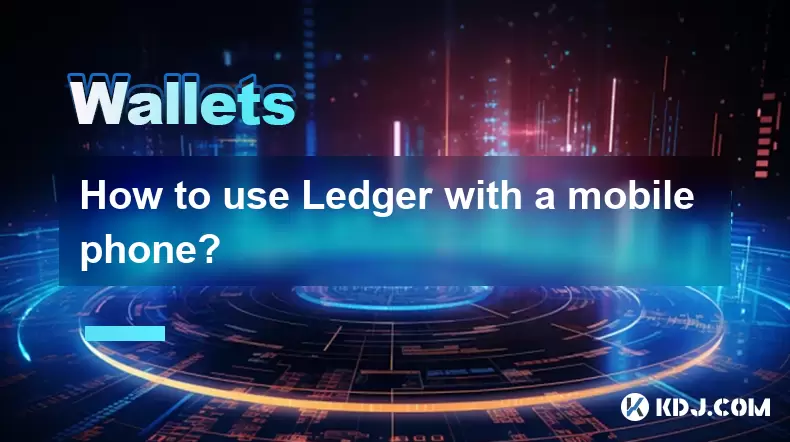
휴대폰으로 원장을 사용하는 방법?
2025-07-08 22:49:45
원장 하드웨어 지갑을 모바일 장치에 연결합니다 휴대폰으로 원장 하드웨어 지갑을 사용하면 이동 중에 암호 화폐를 관리하는 안전하고 편리한 방법이 제공됩니다. 시작하려면 모바일 장치가 필요한 요구 사항을 충족하는지 확인하십시오 : Android 8.0 이상 또는 iOS 1...

How to avoid MetaMask phishing scams?
2025-07-08 23:35:31
<h3>Understanding MetaMask Phishing Scams</h3><p>MetaMask phishing scams are deceptive tactics used by cybercriminals to trick users...

How to recover my MetaMask wallet with a secret recovery phrase?
2025-07-08 22:01:05
<h3>Understanding the MetaMask Secret Recovery Phrase</h3><p>When using MetaMask, a widely adopted Ethereum-based wallet, users are ...

Exodus 지갑과 함께 Trezor를 사용하는 방법
2025-07-09 00:49:34
Trezor 하드웨어 지갑을 Exodus 소프트웨어 지갑에 연결합니다 Exodus 지갑 과 함께 Trezor를 사용하려면 사용자는 하드웨어 지갑을 Exodus가 제공하는 소프트웨어 인터페이스에 연결해야합니다. 이 통합은 사용자 친화적 인 인터페이스를 통해 디지털 자산을...

원장이 핀을 사용할 때마다 핀을 요구하는 이유는 무엇입니까?
2025-07-08 23:21:50
원장 장치의 PIN 목적 이해 PIN (개인 식별 번호) 은 모든 원장 하드웨어 지갑에 내장 된 중요한 보안 기능입니다. 주요 기능은 장치를 무단 액세스로부터 보호하는 것입니다. 원장을 처음 설정하면 Cryptocurrency holdings의 첫 번째 방어 계층 역할...

한 원장에 여러 핀 코드를 가질 수 있습니까?
2025-07-09 00:35:18
분산 거래소의 기본 이해 (DEXS) 분산 교환 또는 DEX는 중앙 권한없이 운영되는 유형의 암호 화폐 거래 플랫폼입니다. 기존 중앙 집중식 거래소 (CEX)와 달리 DEXS는 사용자가 자금을 거래소 자체에 입금 할 필요없이 지갑에서 직접 거래 할 수 있도록 허용합니다...

휴대폰으로 원장을 사용하는 방법?
2025-07-08 22:49:45
원장 하드웨어 지갑을 모바일 장치에 연결합니다 휴대폰으로 원장 하드웨어 지갑을 사용하면 이동 중에 암호 화폐를 관리하는 안전하고 편리한 방법이 제공됩니다. 시작하려면 모바일 장치가 필요한 요구 사항을 충족하는지 확인하십시오 : Android 8.0 이상 또는 iOS 1...

How to avoid MetaMask phishing scams?
2025-07-08 23:35:31
<h3>Understanding MetaMask Phishing Scams</h3><p>MetaMask phishing scams are deceptive tactics used by cybercriminals to trick users...

How to recover my MetaMask wallet with a secret recovery phrase?
2025-07-08 22:01:05
<h3>Understanding the MetaMask Secret Recovery Phrase</h3><p>When using MetaMask, a widely adopted Ethereum-based wallet, users are ...
모든 기사 보기

























































































